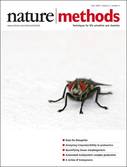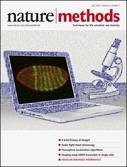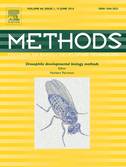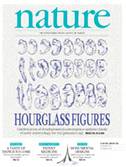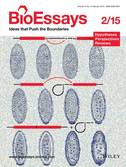The overarching goal of the lab is to bridge two research fields - evolutionary developmental biology (evo-devo) and tissue morphogenesis. Currently, the research of how development evolves is focusing primarily on understanding how gene regulatory networks change between species. The morphogenesis field, on the other hand, puts emphasis on understanding the molecular and physical mechanisms by which cells change their behaviour and collectively sculpt the embryonic tissue. In our view, painting a complete picture of morphogenesis must involve understanding of the connections between evolution of patterning networks and the molecular mechanisms responsible for cell and tissue behaviours as well as the interplay of the two in the physical world of the forming organism. We believe that the future progress in understanding development relies on the combination of evo-devo and tissue morphogenesis viewpoints and on exploiting the power of the comparative approach.
To make this research agenda a reality we focus on a selection of model as well as non-model species across the tree of life. These include:
and we are always looking for more.
In the process of developing the technologies to answer biological questions in various organismal contexts, we have helped establish several open access resources with broad impact on the research community. These include:
We keep supporting and expanding these large communities to the best of our abilities and in cooperation with many partners world-wide.
We try to keep work-life balance. This includes:
In order to probe development on the level of gene regulation AND cell and tissue level biophysics we develop and use an interdisciplinary technological toolkit. This includes:
We are always looking for more technologies to explore.
Besides resources we are sharing ideas. This includes:
